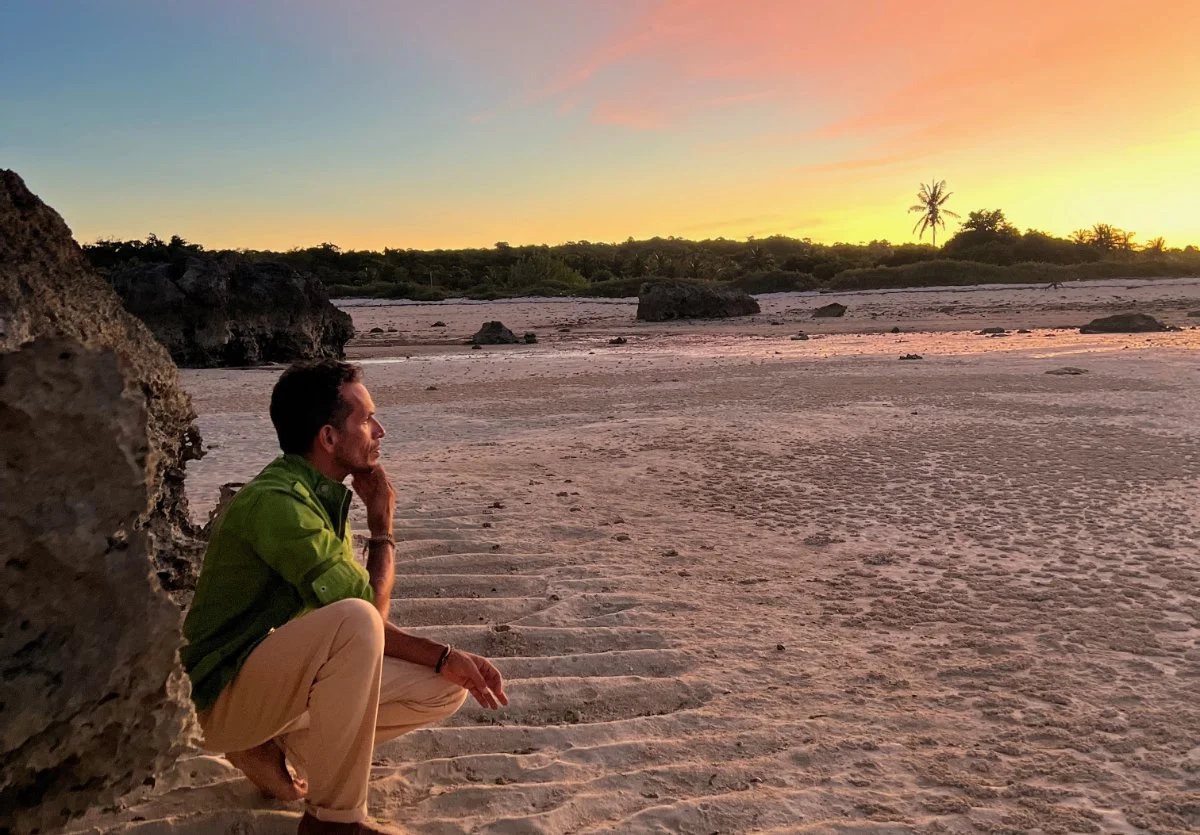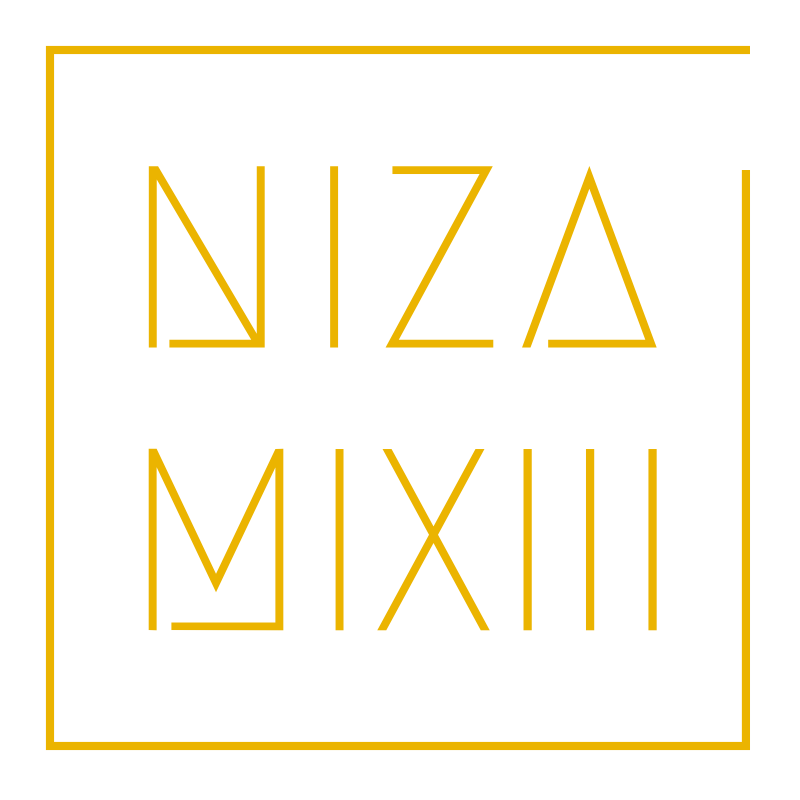
ABOUT ME
WHERE TO START?
“You thought a mage is one who can do anything. So I thought, once. So did we all. The truth is that, as a man’s power grows and his knowledge widens, ever the way he can follow grows narrower.”
Taoism might not be that useful here but the me that can be talked about is not me.
That said, even imagination needs something to go on. You need some lines on the page before you can read between them.
I can and have done a lot of very different things, some of them pretty well, and a few of them really well.
At school, I was told I could do or be anything I wanted. The question was, what did I want?
It has taken academia, lucid dreaming, falling in love, shamanic adventure, hard work, burnout, breakup, resurrection and so on — life in a word — to realise that only a tiny percentage of probably quite odd people know what they want at school.
And of them, and even tinier and odder number want the same thing in later life.
Before you shout, first world problems! Yes, I know. The majority of folk don’t get any choice in what they end up doing. And often that doing ends up ending them.
Perhaps therein an answer. What do I want? To put talent, experience and privilege to good use. Evolutionary use.
EXPERTISE
WORDS
Copy writing / Proper writing / editing
Word / Pages
CREATIVE DESIGN
Graphic / Logo / Web / UX / UI
Adobe Creative Suite
Affinity Creative Suite
DALL-E, MIDJOURNEY
VIDEO
Adobe Premier / After Effects
Apple Motion
Capcut
SORA
CREATIVE TECH
Concept / Strategy / Funnel Design / MVP
ChatGPT 5, OpenAI API, Databutton, Google AI Studio
ORGANISATION
Project Management / Team Management
Organisational systems
Airtable, Asana, Slack, Monday, Motion
MARKETING
Social Media / Email / CRM
FB, IG, Later, Buffer, Meta Business Suite, Mailchimp, Constant Contact, AWeber, Brevo
MUSIC
Vocal / Guitar / Flute / Percussion / Keys
Arrangement / Mastering / Logic X
MAGIC
07 years Gene Keys study
10 years transformational facilitation
20 years astrological study and consultation
20 years Amazonian + Andean plant spirit shamanism
30 years yoga, qi gong, tai chi…
Message me for details.
EXPERIENCE
1991—5 Edinburgh University
BSc Hons Artificial Intelligence
I studied AI before it was even a thing.
1996—7 Birmingham University
MSc Distinction Cognitive Sciences
A chance to dive deeper into philosophy of mind.
Could have done PhD but hated Birmingham.
1998 Institute of Contemporary Arts, London
New Media Producer
Wiring cool britannia
1999 V&A Museum, London
Digital Projects Manager
Digitising the V&A
2001 Siegelgale
Senior Information Architect
Tail end of dotcom boom, 1st class to LA and back, falling off a bus out of exhaustion.
2002—16 Agency and Direct Clients
Freelance Consulting
Depth & breadth of IA/UX/UCD practice
2005—6 City University
Diploma Creative Writing
2006 Biopark, Peru
SpiritQuest: Talking to the Plants
Huachuma Mesa Journey Thru Time
2014—18 Director, Ayni Foundation UK
Shamanic retreats and workshops
2018—2022 Director, Sipapu Co UK / Peru
Managing ecolodge and 50 Ha of rainforest
2022— Director, Natural Wisdom Co.
The unlockdown renaissance!
CV available on request.
Use the form below to send me a message.

GET IN TOUCH
SEND A MESSAGE IN A BOTTLE
